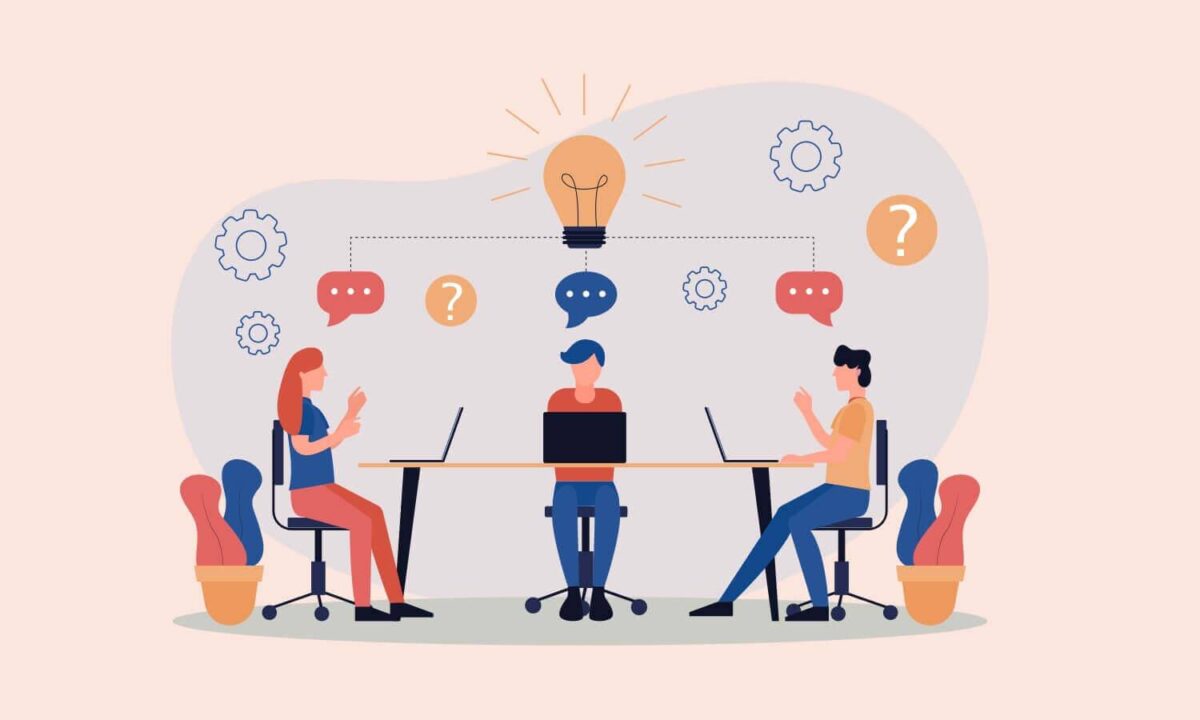Change in any organization requires innovation. This can seem daunting at the government level where initiatives can take longer to implement than in the private sector; however, the goals and challenges for both the public and private sectors are often similar.
Government leaders look within their organizations when solving issues or reaching new goals, making decisions based on governmental policies as well as available resources. Now, however, some are looking to citizens to form partnerships and implement new ideas.
This is a great way to take advantage of innovative technology that might be accessible only at the government level. For example, the Australian government is embracing innovation with a product called Mark Search, an image recognition and AI tool that revolutionizes the creation of a trademark that distinguishes brand and organization identity. The need for this innovative technology resulted from a study that concluded over 87 percent of company value stems from trademarks and other intangible assets.
Overcoming challenges at the government level requires innovation strategies centered around what’s best for citizens. Here are a few of the most common challenges government organization leaders face when driving innovation initiatives.
Challenge Number One: Regulatory Issues
Every company has regulations in place that govern all areas of innovation from inception to production. Government agencies often implement strict regulations to ensure compliance with laws that exist both on state and federal levels.
These regulations stipulate with whom a government agency can communicate and how that communication takes place. Staying current with existing regulations ensures innovation practices will align with rules and regulations.
These regulations might stipulate who can grant money to a department or designate where certain actions are permitted to take place. It’s crucial to know the rules before deciding how to use the innovative technology at your disposal.
Challenge Number Two: The Need for Online and Offline Collaboration
Collaboration should happen both online and offline. This broadens the opportunities for communication and increases the ways people can leave feedback.
Citizens who feel their ideas matter will be more likely to get involved. Providing communication channels both on and offline will give everyone a chance to share ideas and experiences with government agencies.
Consulting the crowd will help organizations overcome the challenges brought about by limited resources. Asking questions in person or via an online forum can lead to a valuable exchange of ideas. Feedback encourages positive change within organizations and tells leaders what citizens really need.

Challenge Number Three: Roadblocks to Experimentation
Innovation requires experimentation. This can be difficult at the government level where leaders may not have the resources to experiment or where strict government regulations may limit this process. The key is to stay within the stipulations set by regulations and propose well-thought-out ideas as actionable plans that can be carried out within a specific timeframe.
Challenge Number Four: No Mechanism in Place for Evaluation
Evaluation is a necessary part of implementing a plan. Innovations need to be measured to determine performance and longevity. Because value is often created across multiple organizations at the government level, it can be very difficult to monitor the total contribution of a plan.
Challenge Number Five: Failure Intolerance
Inevitably, some innovations fail because they don’t deliver the expected results. According to a survey, most experienced organizations are successful around 65 percent of the time. Though failure is often not embraced at the government level gracefully, the reality is that the remaining 35 percent leaves room for improvement across all areas and allows government agencies the opportunities to address challenges in more detail. An organizational approach to learning through failure can help government entities to continue to thrive in an innovative culture.
Looking for more ways to innovate? Contact us today to request a demo.
Most Recent Posts
Explore the latest innovation insights and trends with our recent blog posts.













